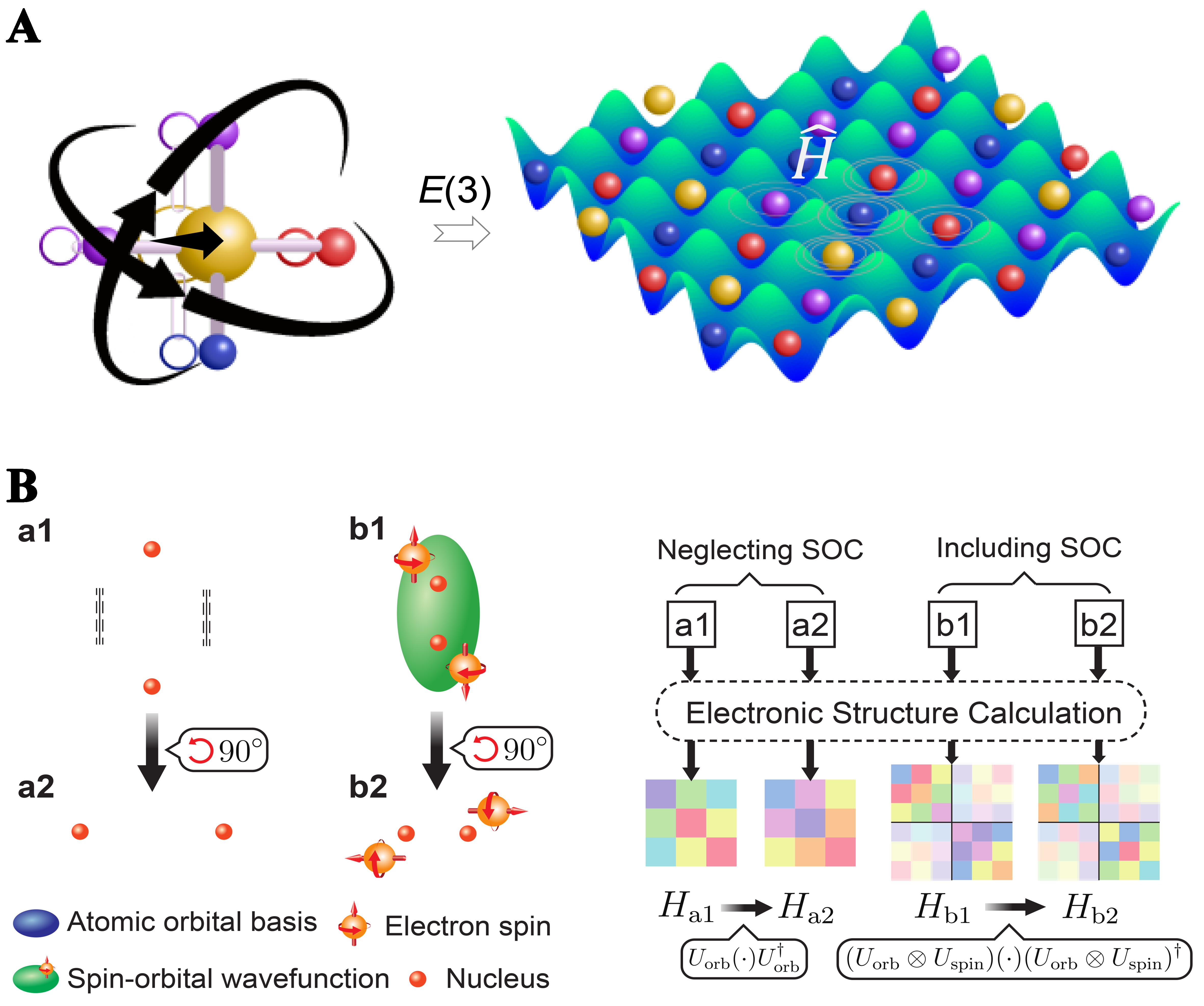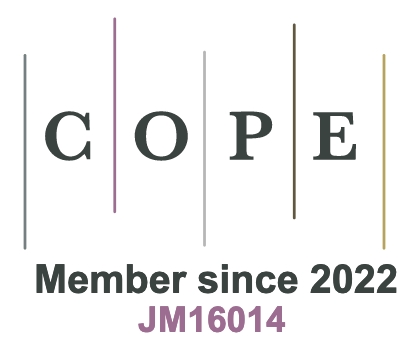fig5
Figure 5. Equivariant DHNNs. (A) The fundamental physics of DHNNs is to predict the Hamiltonian rather than directly predicting electronic properties from structures. Equivariance ensures that symmetries, such as rotation, translation, and inversion, are explicitly preserved in Hamiltonian predictions; (B) Equivariance of the Hamiltonian under spatial rotations and spin-orbit coupling. Schematic wavefunctions and Hamiltonian matrices are shown for systems without SOC (structures a1 and a2, related by a 90° rotation) and with SOC (structures b1 and b2). In the non-SOC case, the hopping parameters transform into one another by a unitary rotation, illustrating the requirement that the Hamiltonian remains equivariant under spatial rotations. When SOC is included, spin and orbital degrees of freedom become entangled and must jointly transform under the same global rotations, as demonstrated by the corresponding rotated configurations[67]. DHNNs: Deep Hamiltonian neural networks.









